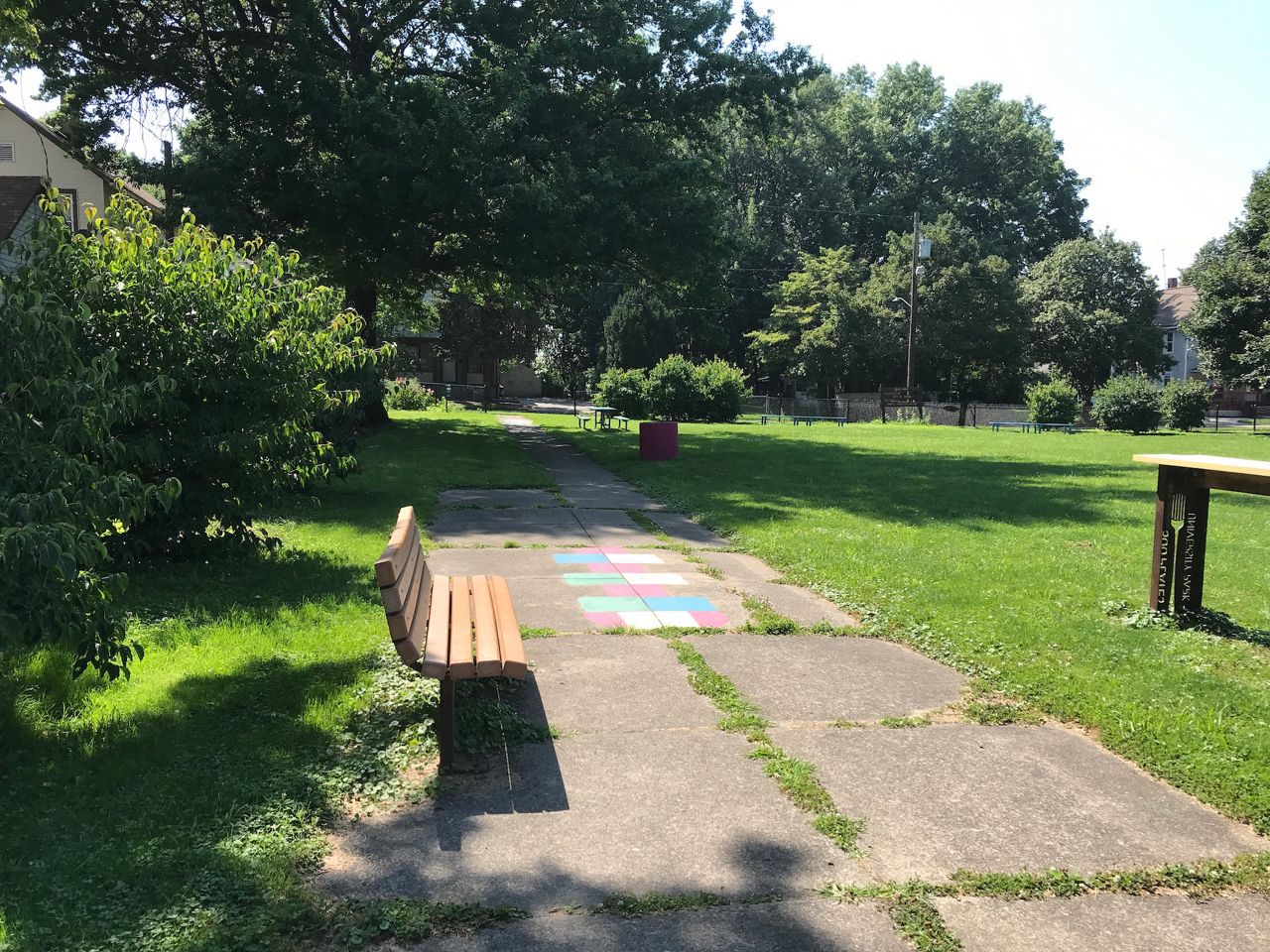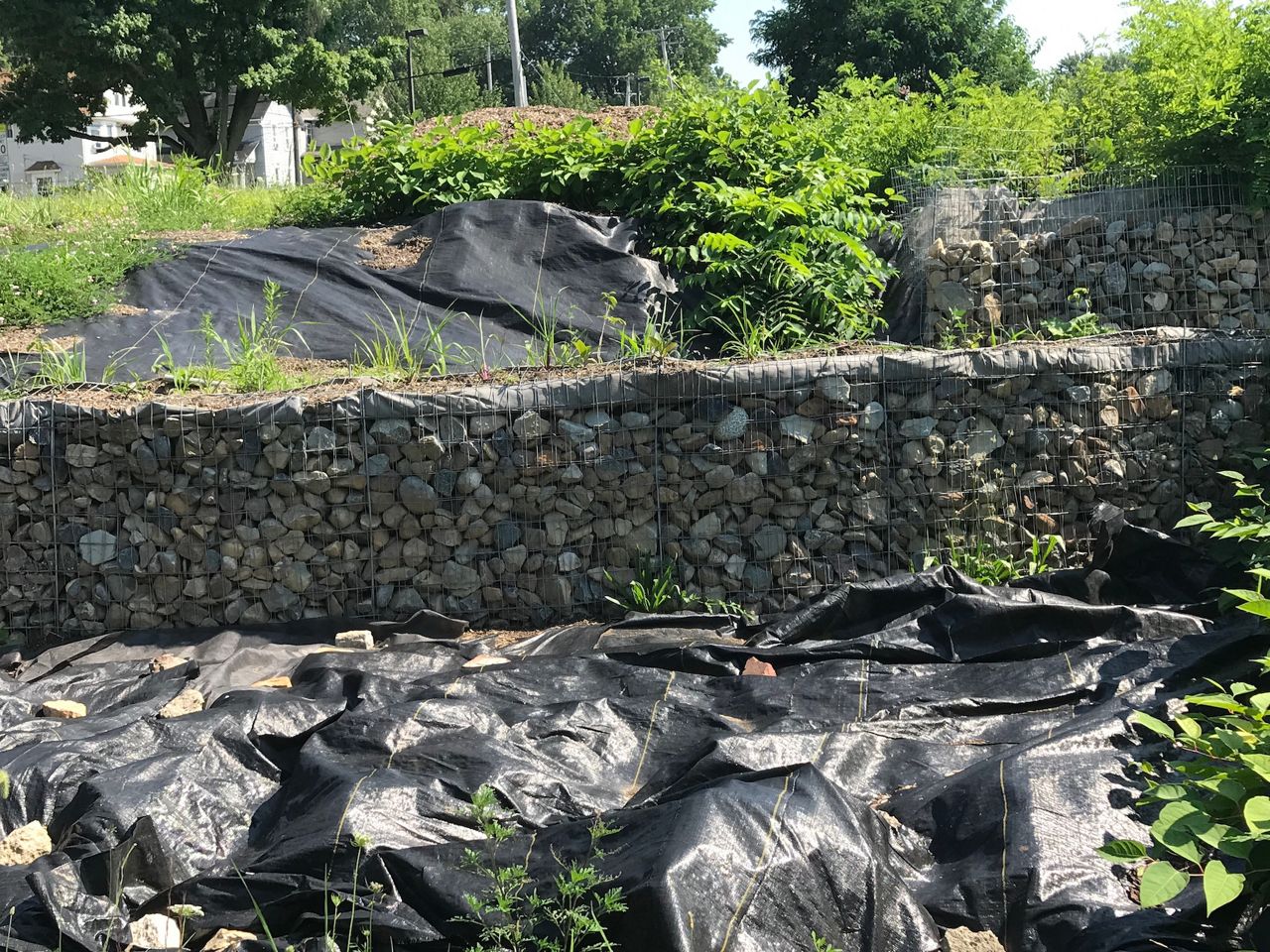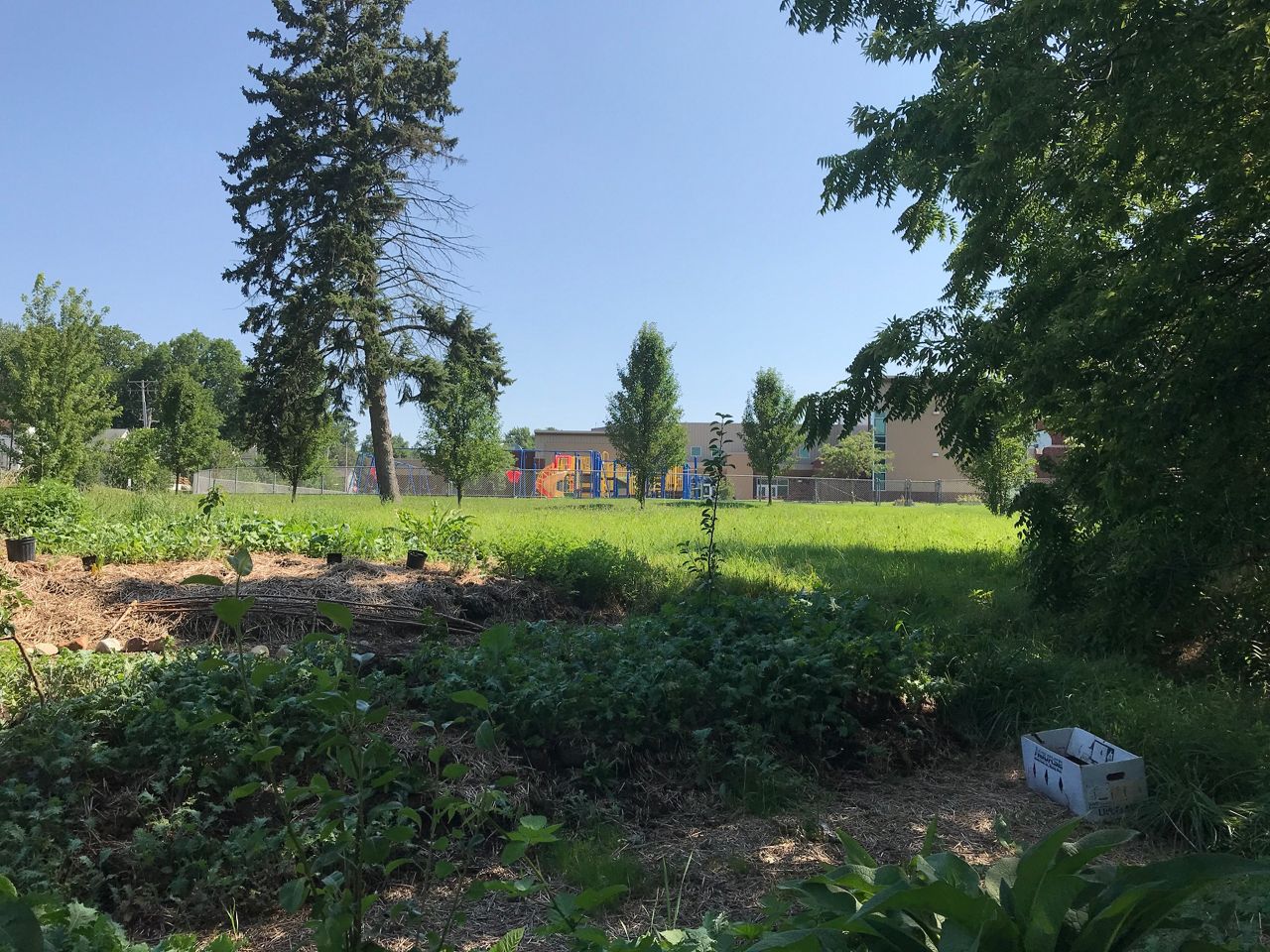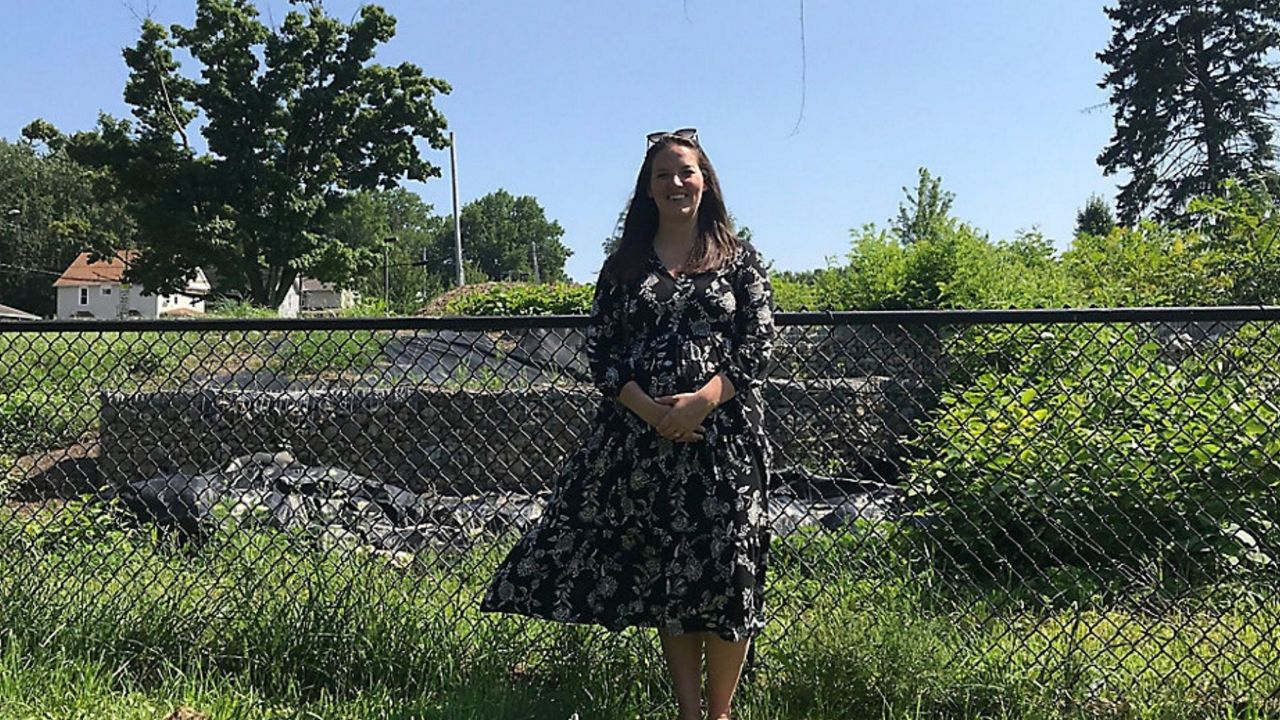Once topped by a row of houses, the roughly two-acre, rectangular lot is sandwiched between Leggett Elementary School and Boss Park.
The city-owned land was left to grow wild for years, filling with poison ivy, tall grasses and knotweed, said Marissa Little.
Little is the manager of Neighborhood Network, a program of Habitat for Humanity of Summit County, which launched the project.
“It was high. It was grimy. We found weird things in there,” Little said. “The vision was to not have it be dangerous — dangerous and overgrown. So, really just take it from eyesore to a vacant lot.”
Neighborhood Network, a nonprofit that merged with Habitat, focuses on improving the University Park and Middlebury neighborhoods. The neighborhoods underwent separate planning processes recently, to find ways to improve quality of life for residents, she said.

“A philosophy for Neighborhood Network is find the challenge, or listen to the neighbors and figure out the challenge, and then, address it with community assets,” Little said.
Encompassing the University of Akron, University Park’s population is young, with about 90% under age 45, according to city data and nearly 90% of the properties are rentals.
In 2019, the city, the university, Habitat for Humanity and neighborhood leaders kicked off the planning process, hosting a series of input meetings, Little said.
For the overgrown land, residents wanted improvements that are inclusive, she said.
“Not just age, race, gender and everything, but also culturally, too,” she said. “There's a lot of history in this neighborhood.”
University Park once housed a small enclave known as “Goosetown,” which was settled by German immigrants. The neighborhood is currently home to an ornate Mon Buddhist Temple.
The top ideas generated during planning included creating an edible landscape, installing gathering spaces and building a naturalized playscape, Little said. Residents also wanted the land to serve as a mental-health oasis.

“Getting folks to not only talk, but work together and dream together and do things together is really our bread and butter,” she said.
To determine whether the ideas were doable, Neighborhood Network enlisted Wild Woman Designs & Consulting, a team of urban landscaping specialists founded by Beth Vild.
Vild’s team, with help from volunteers, is already building a large food forest in Elizabeth Park in the Cascade Valley neighborhood, another food desert in one of Akron’s most neglected neighborhoods.
Food forests are created through permaculture, in which the ground is shaped into walkways and beds, in a design that’s compatible with the existing landscape. Plants are chosen for compatibility with one another and the site’s soils — and on residents’ needs, Vild said. Food forests are designed to be self-maintaining after a few years, except for basic maintenance.
At the Boss Park property, the Wild Woman team started by taking multiple soil samples, which found very little nitrogen, which is important for growing food, she said.
"I'm just very glad that it came back that it's not poisonous,” Vild said.
To replenish soil, Vild’s team uses what she calls “lasagna gardening,” alternating layers of brown and green organic matter — hay, mulch and manure. Manure is donated by local farmers, she said, and burlap and cardboard is used to quash weeds naturally.
As the Wild Woman team massages the landscape, the team fills the land with cover crop and native plants, while walkways take shape. A long gabion wall— a metal framework filled with rocks — has been constructed, helping support the multi-terraced design.
The team continues to ask residents for input through online and mailed surveys while the forest takes shape, Vild said.
To create a play space, a rock wall is under development near the gabion wall, she said. A donated slide will be installed nearby.
“It'll be a fun way to get to school,” she said.

Edible plantings so far include pear and pawpaw trees, as well as pecan and persimmon, with various lettuces, melons and squash also ripening, she said.
“It's still kind of a weedy mess, but it's very slowly actually getting tamed,” she said. “For people that have never had to work in poor soil quality, with weeds that have been growing for 15 years unencumbered, it's hard to explain to folks.”
The design also ties in unique elements of the University Park neighborhood. In small gathering areas, shade will be provided by hop vines of residents’ choosing, which can be harvested for Thirsty Dog Brewing down the street. Plants will include calming varieties such as Saint John’s Wort and chamomile, she said.
Arched entryways will reflect those at the nearby Buddhist temple, while information about mental health and recovery displayed in the forest will mirror the messaging displayed on the temple grounds, she said.
The build out of the food forest depends on funding, but there’s not a rush to finish, Vild said.
“Those are the layers that we're working with and working through, and it moves as slowly and as quickly as the funding and the soil allows for us to move,” she said.



